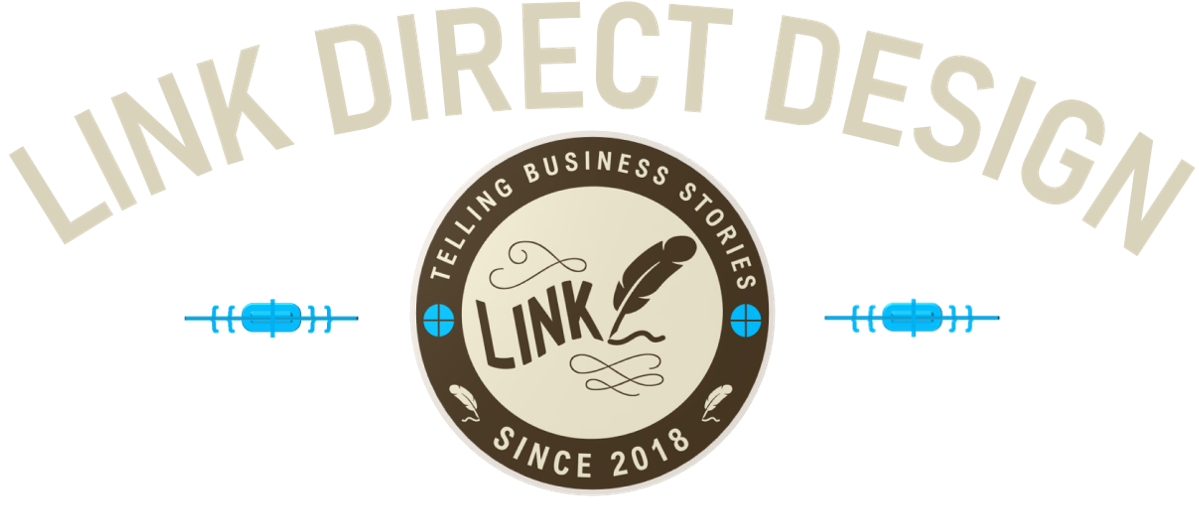Add FAQs Back to Your Site Content - No, Really
You go to take a new medication and stop before picking up the pill. You type in to your search bar, “What are the interactions between [my drug] and [my other drug]?” You want to take guests on the tram in the morning after eating breakfast at Bobo’s Restaurant. To decide when to leave, you type into your smartphone, “What time does Sabino Canyon open?” You notice the succulent you planted last week is turning yellow. You sit down at a Chromebook and type, “What company near me can tell me about succulents?”
Steam Pump Ranch tour, Oro Valley, AZ.
The fact that people ask their computers, smartphones, tablets and assistants questions all day is not lost on search engines. Google, and others, are always working on ways to better understand, collect information about and present information that answers questions better. And therin lies an opportunity for your website and social media posts.
Frequently Asked Questions on your website is an investment that keeps paying dividends. Especially as people continue to progress from shorter search entries in the past to more complex questions today. The search engines have focused on forums, but they are also attuned to good answers to questions on websites. By good, the standard is first, original and second, well-written. As part of your content, FAQs offer a great way to expand information in a format that is usable in several ways.
Advantages of investing in a program of FAQ expansion:
Not many are focused on this, you may have an advantage. FAQ sections fell out of fashion in the last decade for reasons we will discuss solutions to below.
Answers to questions present your information based on problems people are trying to solve for their businesses or personal lives at the moment.
As you assemble a larger library, customer service representatives, salespersons, technical support staff and other employees can link to them, saving time. Their answers will also be uniform, because they are the same. The writer only needs to tailor the information.
Because search engines often present a number of question answers below search results, your answer might become a featured response.
They do not have to be done all at once, but can be added to as current questions arrive in real business situations. Adding them offers opportunities for post topic on social media.
Why many marketers have been steering customers away from FAQs, and what to do to instead:
FAQs were seldom actual questions after the first few, but quickly thought up to “fill space.” People have real questions they ask your business all the time. Use real questions.
Some FAQs were just designed as puffery. “Why is Ajax Company the leader in its field,” is not a legitimate question anyone ever asks. Avoid these types of questions.
It is easy to get lost looking through a long list of FAQs and quickly give up. Therefore, your site needs to divide by logical major topics and include a search feature. Have a few customers look at your original designs and ask them for input. Then act accordingly if the suggestions are legitimate.
Calling the section FAQs or Frequently Asked Questions should probably be considered a non-starter. Because so many FAQ designs were less than stellar in the past, you need to give your approach a better name. Menu options such as “Answers,” “How to,” and “Support” are more likely to be consulted.
Each question needs to be formatted individually so that it can be linked to and shared. Each question answer is an opportunity to educate. You need to create a short answer to begin with, then offer more extensive education for those interested. A blog page template on your website can provide these features, along with the ability to categories and add tags. Thus removing the frustration factor of scrolling through a long single list organized at random.

